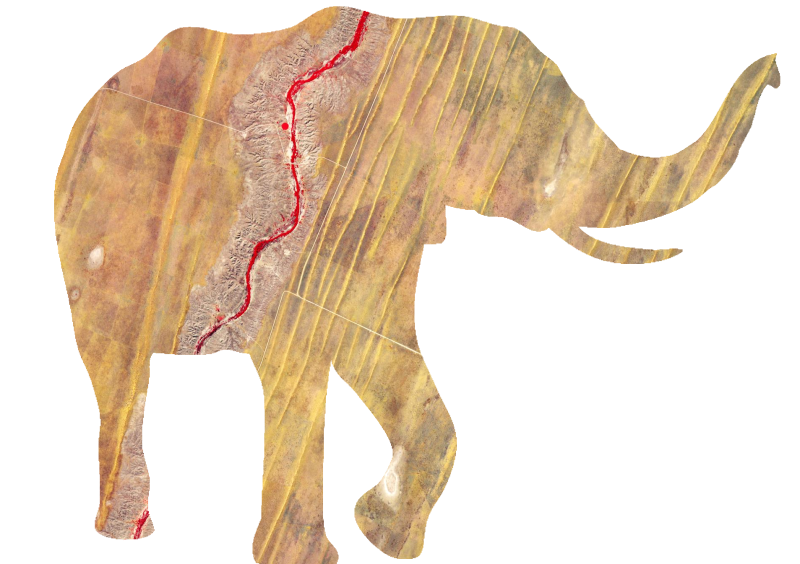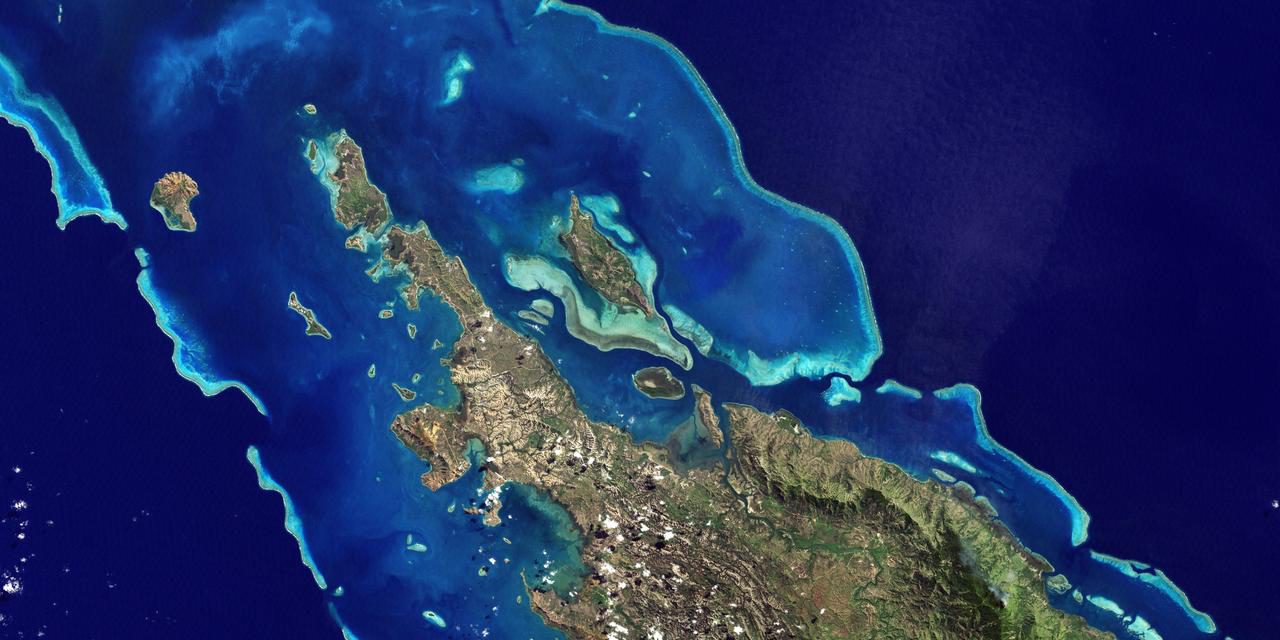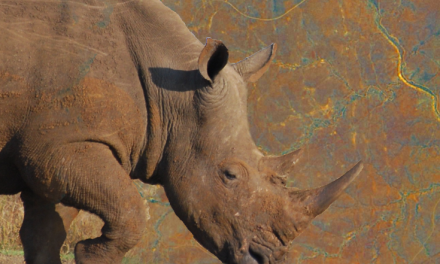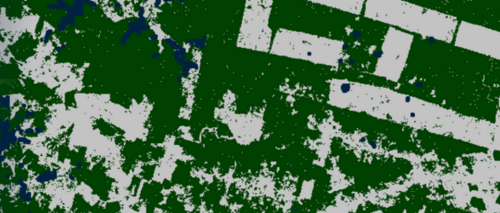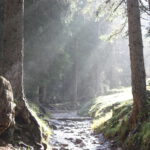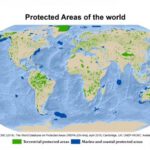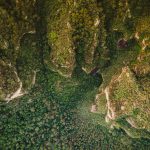This new paper led by Mitchell Lyons (see below for the citation) presents a framework to map the world’s coral reefs. Combining image segmentation, machine learning prediction and object‐based classification in the framework, the authors show how their approach can be used to map individual reefs (~200 km2 of reef) to the entire Great Barrier Reef (~200 000 km2 of reef) and, finally, they tested their method across the South West Pacific coral reef region. The framework relies on data from Landsat‐8, Sentinel‐2, Planet Dove and Worldview‐2 satellites.
Already interested in reading the full article? Then click here or first read the abstract (and then click on the link):
“Coral reefs are among the most diverse and iconic ecosystems on Earth, but a range of anthropogenic pressures are threatening their persistence. Owing to their remoteness, broad spatial coverage and cross‐jurisdictional locations, there are no high‐resolution remotely sensed maps available at the global scale. Here we present a framework that is capable of mapping coral reef habitats from individual reefs (~200 km2) to entire barrier reef systems (200 000 km2) and across vast ocean extents (>6 000 000 km2). This is the first time this has been demonstrated using a consistent and transparent remote sensing mapping framework. The ten maps that we present achieved good accuracy (78% mean overall accuracy) from multiple input image datasets and training data sources, and our framework was shown to be adaptable to either benthic or geomorphic reef features and across diverse coral reef environments. These new generation high‐resolution map data will be useful for supporting ecosystem risk assessments, detecting change in ecosystem dynamics and targeting efforts to monitor local‐scale changes in coral cover and reef health.”
Mitchell B. Lyons; Chris M. Roelfsema; Emma V. Kennedy; Eva M. Kovacs; Rodney Borrego‐Acevedo; Kathryn Markey et al. (2020): Mapping the world’s coral reefs using a global multiscale earth observation framework. In Remote Sensing in Ecology and Conservation. DOI: 10.1002/rse2.157.
